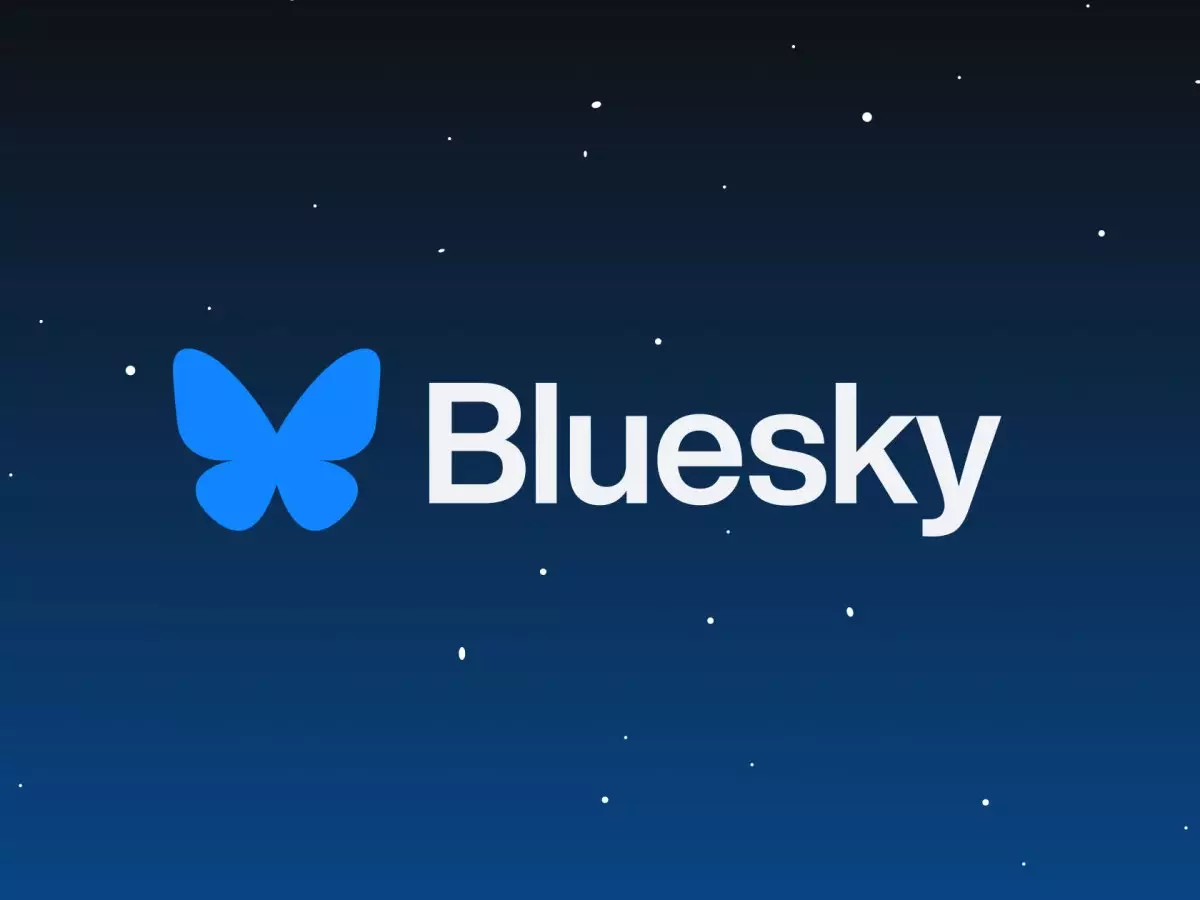In the dynamic realm of social networking, few events have resonated as strongly as the recent meteoric rise of Bluesky. Just days ago, this emerging platform reported an astonishing gain of half a million new users within a mere 24 hours, propelling it into the upper echelons of the U.S. App Store. Posturing now as the No. 2 app in the Social Networking category, Bluesky’s trajectory from No. 181 in a week is indicative of a larger trend in consumer behavior fueled by dissatisfaction with incumbent platforms. This article explores the myriad factors contributing to Bluesky’s surge, examining how shifts in user sentiment can create fertile ground for new entrants in the digital arena.
Bluesky’s rise is not merely a flash in the pan; it signifies organic growth, as confirmed by Appfigures, which revealed that the platform is not investing in App Store Search Ads to drive downloads. Instead, download figures have surged significantly across multiple countries, indicating that Bluesky is resonating with international audiences as well. Countries like Japan, Thailand, and Taiwan are witnessing unprecedented four-digit growth rates, placing Bluesky among the top apps in these regions. This organic traction is impressive, underscoring the potency of word-of-mouth and social discourse in a world inundated with social media options.
Current statistics reveal that, as of 4 AM EST, Bluesky moved from No. 100 to No. 5 in the Social Networking category on Google’s Play Store, further validating its broad appeal. The inflow of new installs—197,000 on the App Store alone on Thursday—demonstrates a significant shift in user trust and interest toward Bluesky. This juxtaposition of rising users amidst a disappointing trend for competitors like X, highlights a critical moment of reckoning where users are actively seeking alternatives to resolve their social networking dilemmas.
Several converging factors appear to have catalyzed Bluesky’s sudden popularity. Chief among these is user dissatisfaction with X (formerly known as Twitter). A major policy shift that allows blocked users to view posts from those who have blocked them has left many users feeling vulnerable and frustrated. Anxiety over safety, particularly from harassment, has been cited by numerous users as a “final straw,” prompting them to explore Bluesky as a potential refuge in the social networking landscape.
Moreover, this shift follows an update to X’s Terms of Service, allowing expansive data sharing, including sensitive user data with third-party companies. With growing concerns over privacy in the digital age, it is little surprise that users are gravitating toward platforms that emphasize user safety and data integrity.
Another noteworthy aspect contributing to Bluesky’s growth is the implosion of its primary competitor, Threads. Users have reported issues with content moderation, leading to unexpected bans and rogue algorithms that downrank posts without clear justification. In contrast, Bluesky is perceived as a less chaotic alternative that offers a fresh start for users disgruntled by inconsistent policies and practices of other platforms.
Bluesky’s rapid ascent, while exhilarating, may have lasting implications for the social media landscape. As users migrate from platforms like X and Threads to newer alternatives, there is an impetus for these existing giants to reevaluate their operational strategies. The ongoing wave of user migration could serve as a wake-up call for established platforms to restore user trust by prioritizing transparency, privacy, and effective moderation.
Moreover, this scenario enhances the competitive landscape for social networking apps. An uptick in users seeking alternative platforms may usher in an era marked by ongoing innovation and adaptation, creating an environment where user feedback significantly influences platform policies and offerings. In this light, Bluesky’s success could foreshadow a fundamental shift in how social networks operate, compelling them to prioritize user-centric features over profit-driven algorithms.
The recent surge in Bluesky’s user base exemplifies a pivotal moment in social media history. With dissatisfaction towards existing platforms at a peak, user readiness for alternatives has never been more apparent. Bluesky is not just another app on the rise; it represents a broader shift in user expectations and the urgent demand for spaces prioritizing safety, privacy, and community. As the social networking landscape evolves, the success of Bluesky may just be the bellwether for a new order in digital communication. The challenge ahead lies in whether Bluesky can maintain this momentum and deliver on the promises that have drawn users to its platform in droves.

